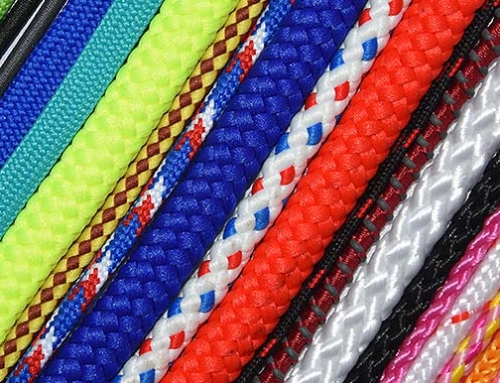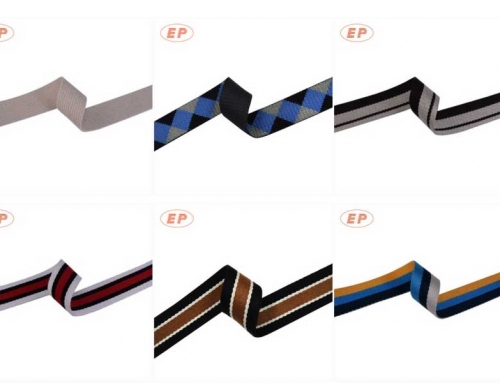An Overview of Webbing
The webbing is made of a variety of materials, varying in strength and width to distinguish between woven fabrics. The webbing process essentially involves yarns woven through a loom to produce a strip. While it is usually possible to match the rope with its functional function, the webbing is a very versatile component for use in military applications from military clothing to automotive parts. Typically, the webbing is made in solid or tubular form, each of which has a different application and function. The rope is usually very thick, and the ribbon is produced in a very light part. The main materials used to produce webbing include changes in polyester, nylon, and polypropylene. You can also use cotton webbing, usually used for commercial applications, including clothing. Ribbon can also customize a range of colors, designs and prints, and manufacturers can make reflective webbing for safety applications.
– where can I buy nylon webbing
Web Processing: Solid (Flat) and Tubular
Solid webbing is also known as plain weave and made of varying degrees of thickness. Through its flat aesthetic features, solid webbing is often used for applications such as seat belts. It is easy to tear, but light, because the stress used tends to affect the outer surface of the material. Solid webbing is usually too hard to function in applications that need knotting, which is why this webbing is best suited for sizing materials into larger products. For example, the backpack belt is an example of this type of solid webbing. – where can I buy nylon webbing
The tubular weave is thicker and more durable than solid webbing, consisting of two fabrics. Suitable for knitting applications (such as rope for lifting) and better withstand tension than solid webbing. For functions such as climbing, experts recommend the use of woven webs woven into continuous loops. – where can I buy nylon webbing
Nylon Webbing
Nylon webbing is a high strength elastic material, usually used for belt applications (especially flat nylon). The material tends to stretch the web about 2% when wet. Experts warn that nylon webbing should not be continuously exposed to water because the material tends to absorb liquid, and if it is not properly maintained, it may be mildew.





